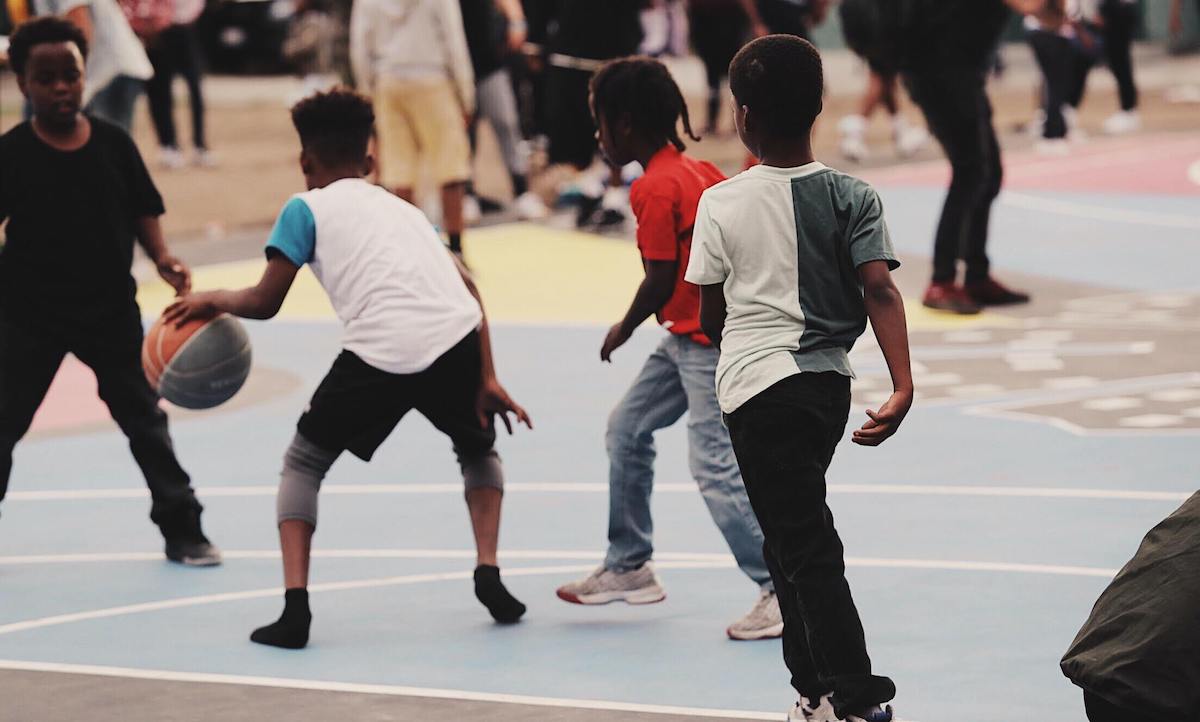
Sport’s private sector can unlock new opportunities for America’s marginalized youth
November 22, 2021
Sport’s private sector can unlock new opportunities for America’s marginalized youth
By: Fred Turner
There are ongoing efforts to increase participation in sport and physical activity among young Americans — yet research shows that there is a long way to go before the country returns to the same levels experienced before the COVID-19 outbreak.
According to Project Play’s State of Play 2021 report, the institute found that the pandemic has greatly disrupted the supply of local sports programs. More than four in ten (44%) of families say that a community-based program has either closed, merged, or returned with limited capacity.
Consider then that the rate which America’s youth return to play isn’t only affected by COVID-19, but is also far lower for Americans of color. There’s evidence that participation in youth sport is the result of underlying social issues pre-dating the pandemic, shown by the disparity in uptake between America’s ethic groups.
Project Play’s research shows that only 42% of African American parents anticipate their child resuming sports activities at the same or higher level from before COVID-19. The same concerns have been raised by the Hispanic community, with less than half (47%) confident that their children will return to play in the same capacity when programs resume.
Although the struggle is shared by other ethnic groups too, evidence shows that Black and Brown communities living in the U.S. are less likely to return to play post-pandemic than others and highlights two immediate challenges facing the sports and fitness industry today.
One being whether we return to play as we knew it before the pandemic, or to find a new way in which sport is played and engages communities at a grassroots level. This is an important question because it not only acknowledges that sport isn’t always the all-inclusive pastime we strive for; there are many children who have slipped through the cracks simply because of their socioeconomic background.
In order to change this, it’s vital we don’t return to old systems. Though we hope to see participation return to pre-pandemic levels, we must do this by building a more equitable playing field that recognizes the urgent needs of communities on the ground and aims to serve all children irrespective of their circumstances.